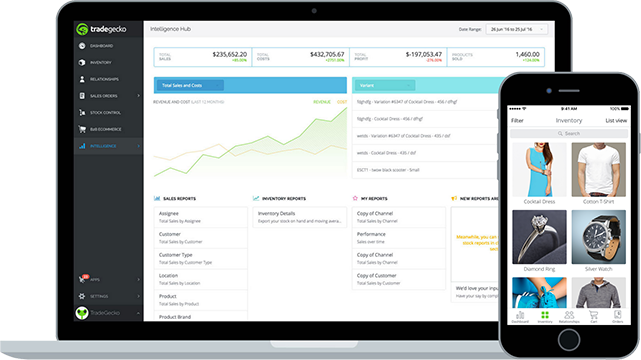As an eCommerce entrepreneur, all your focus is on sales, your customers, and your product range. While stock management may not be top of your list of priorities, good stock management can improve your cash and profit when you make it a part of your day to day routine.
Get the right metrics
It’s likely that you already have a good understanding of your inventory carrying costs. Keep track of the invoices and look out for areas where you can reduce the payable amount. Look into negotiating better contracts or improve your internal processes in stock handling and ordering.
However, some issues are not directly visible in this accounting approach. To get visibility into the capital locked up in inventory and avoidable costs caused by incorrect stock levels, you need to design the right tools to make the potential issues visible and improvements measurable.
From a high level perspective you want to fulfill all customers orders, at lowest cost and lowest inventory. With these 3 core elements, you will track the overall performance of your supply chain. However, when it comes to breaking this down into operational and measurable metrics, there is no single solution that fits all. The right choice of metrics depend on your business strategy and what you want to focus on. You have to set up your individual dashboard. Picking the right KPIs to track has an incredible impact on your success and initiate actions to improve your supply chain performance.
Keep an eye on the details
The inventory management dashboard will take a high level perspective, but the crucial insights will always come on the item level. At the end of the day, stock management always done on the item level, measuring Stock Keeping Unit (SKU) by SKU. After all, when you’re negotiating with your suppliers, you’ll be looking at the order quantities of individual SKUs.













